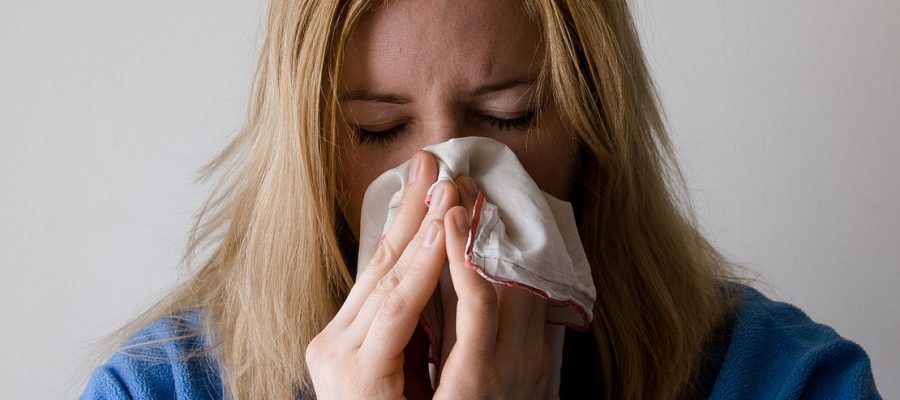During the winter months, there is increased concern about mold growth in the home. Due to the fact that windows are mostly closed and the probability of condensation is high, mold growth is more possible due to the perfect conditions. For anyone with mold allergies, this means your symptoms are heightened and can make you feel sick. If you are an asthma sufferer, mold allergies could increase or trigger asthma symptoms and can lead to an asthma attack if not careful. Read on for more on winter mold allergies & symptoms.
Those allergic to mold will exhibit symptoms not unlike the common upper respiratory allergy during the month when exposed to mold. Sneezing, runny nose, stuffy nose, cough, postnasal drip, itchy eyes, watery eyes, itchy nose, itchy throat, and sinusitis are some of the most common.
So, how do you differentiate if your symptoms are from mold exposure or just the common upper respiratory infection? First, look for visible mold in your home, if you spot any then act immediately to have it inspected. Second, clues around your home may lead you to suspicion of mold. Look for condensation on windows, increased humidity in the home ( you can test this by using a humidity meter) Look for water spots on the ceiling or walls, when you see that, you know that specific area is a likely spot for mold to grow so keep an eye on it. If there are any changes over a few days then call in an expert.
As always, when you are experiencing health concerns we urge you to reach out to your doctor and be properly diagnosed by an expert. However, doing some of your own investigation in your home can help you determine if your symptoms could be related to mold exposure.
HNST Mold Inspections is available in New York and New Jersey for your Mold Inspection and allergen testing needs. Contact us today!




